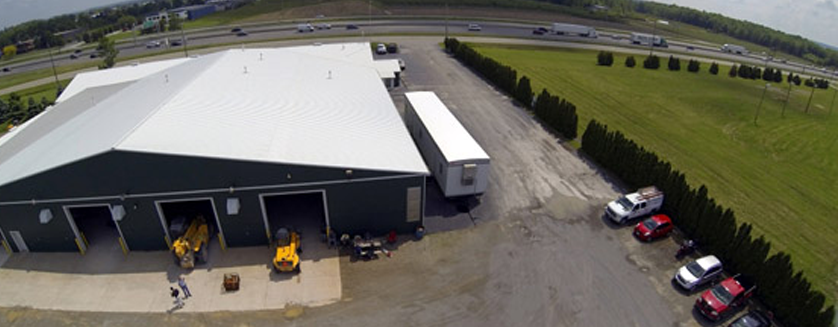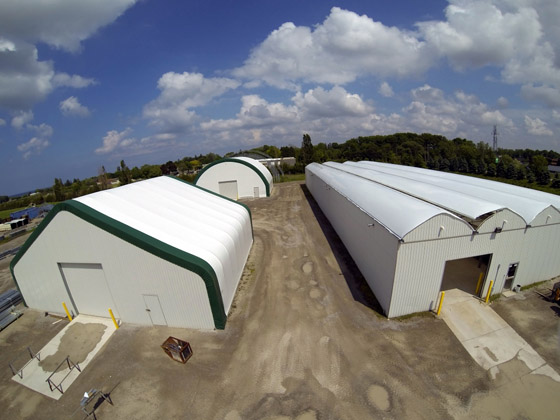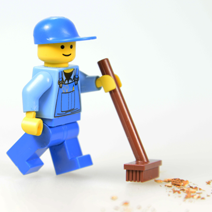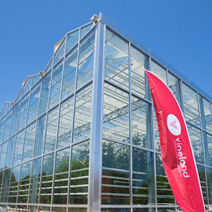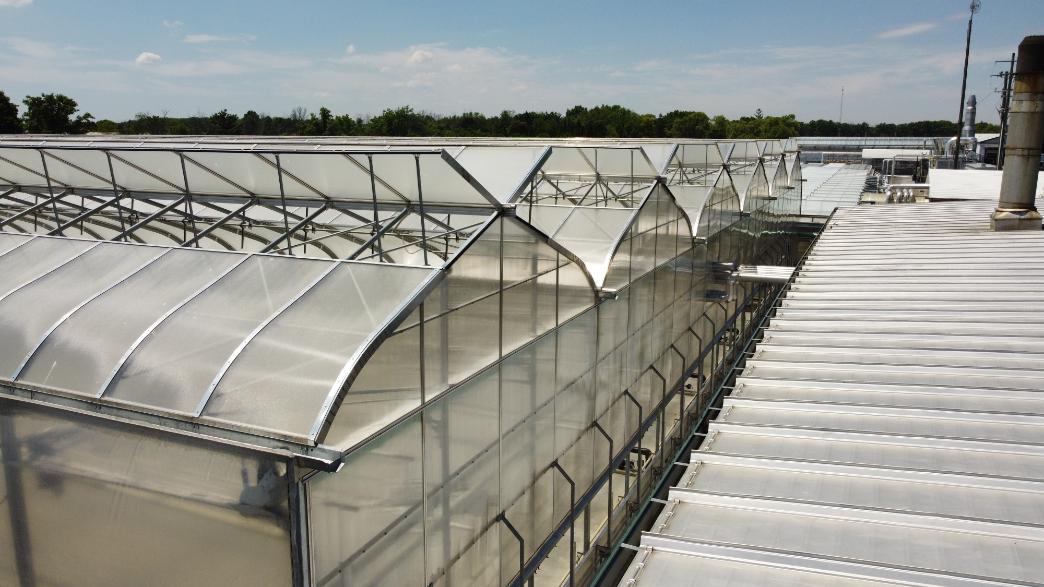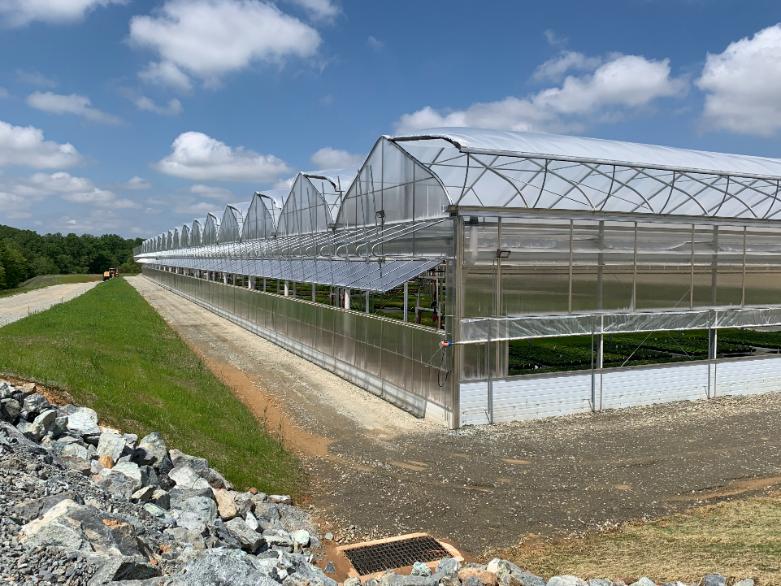GGS Bought A Helicopter
For our customers it won't come as a surprise that GGS is always striving to help our customers explore ways to make their businesses more profitable. Experimenting with new technology is one way that we help our customers.
Recently we decided to enter the exciting world of RC Drones.

Our mini Helicopter is capable of flying up to 1200 feet high, and supports a camera for taking quality aerial video and photographs. It has a range from the controls in excess of 2000 feet, is capable of a top speed of 40km/h and will return back to its launch point if signal is lost.
We quickly found that the footage taken from this setup was astounding.
What Drone Technology Could Mean for Growers:
- Field crop producers are already seeing enormous efficiency gains from having drones scout the crops from the air, and report back with detailed footage of acreage in a fraction of the time it would take to check the crops from the ground. Precision agriculture like that reduces man hours, improves accuracy, enables checks to be performed more frequently, and is better for the environment
- For greenhouse growers, a drone enables you to quickly and at a low cost take aerial pictures of your site for building permits
- Record for posterity the changes in your property year after year as you grow and expand
- For Garden Centers, drones could be used to check the stock in the back for customers in the front. And maybe even to pick up and deliver flowers
- For applicants to the MMPR program a drone can save you the need to hire an airplane photographer for the aerial photographs of the site that are required as part of Health Canada’s regulations
Greenhouses often use available outdoor space to grow late summer and fall crops such as pot mums. These growing areas can often consist of multiple acres, a drone would be a quick way to check for:
- Dry areas, crops can have a darker appearance and be stunted compared to the properly irrigated plants
- Fertilizer issues – plants often appear lighter in colour
- Pests and disease – once a plant is identified as stunted or off colour, fly down for a closer look; botrytis can be identified if it’s advanced enough, so can pest damage
Nothing replaces walking the crop and having a personal view but a drone can give quick images and direct you to obvious areas of concern, location info is made even easier with the GPS data logged in the flight recorder on board!
So what’s the catch? This is great news right? Well, it seems that back in 1981 the Federal Aviation Administration in a document titled “Model Aircraft Operating Standards” banned the use of drones for commercial purposes and has restricted the use of these devices to non-commercial uses or “hobbyists”.
Here’s an excerpt from the document.
“MODEL AIRCRAFT OPERATING STANDARDS
Modelers, generally, are concerned about safety and do exercise good judgement when flying model aircraft. However, model aircraft can at times pose a hazard to full-scale aircraft in flight and to persons and property on the surface. Compliance with the following standards will help reduce the potential for that hazard and create a good neighbor environment with affected communities and airspace users”
The document goes on to explain flight restrictions and proper protocol and is mainly more of a guideline for the hobbyist flyers out there.
For Canadians a similar guideline has been set up and can be found under the civil aviation standards.
So that’s the bad news, the somewhat good news is that due to the growing popularity and the speed at which these new high tech devices are being offered to the general public the FAA is developing new rules to govern the operation of these devices. The somewhat part comes from the fact that the FAA has said new rules won’t be finalized until late 2015.
Increasing need for Precision Agriculture and the growing adoption rate of technology in the agriculture industry seems to be pushing back at this lengthy wait time though. The National Association of State Departments of Agriculture (NASDA) is calling for a quicker turn around on these rules in a Policy Amendment they have written. NASDA also cautions that the FAA being too strict could limit the growth of this technology to provide better crops and reducing pesticide use:
With the future of Drone Aviation uncertain, I would encourage growers to have a voice on the topic. In the meantime, GGS will continue to explore how this can be used as a technological advantage for our customers.
Share your opinion below.
